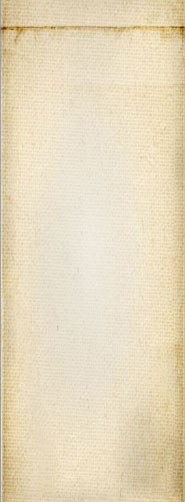Fotógaléria
Videótár
A hónap könyvajánlója
A hónap verse
Nyitva tartás
Szakdolgozatok kérése
Könyvtárközi kölcsönzés
Elérhetőségek:
Telefon: (42)599-424
Kölcsönzés, hosszabbítás:
Könyvtárközi kölcsönzés:
Szakdolgozatkérés:







Telefon: (42)599-424
Kölcsönzés, hosszabbítás:
Könyvtárközi kölcsönzés:
Szakdolgozatkérés:
|
A NYÍREGYHÁZI EGYETEM KÖNYVTÁRA Kulturális intézmények részvétele a tanórán kívüli nevelési feladatok ellátásában Kódszám: TÁMOP-3.2.13-12/1-2012-0526
|


A Könyvtár gyűjteményének gyarapítását 2011-től folyamatosan az
NKA Képzőművészeti Szakmai Kollégiuma
támogatta.









